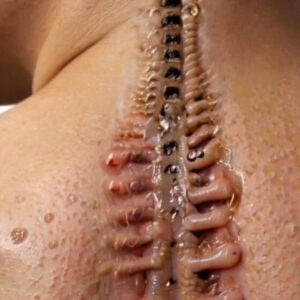Cysts are fluid- or pus-filled sacs that can form due to injury, infection, or blocked glands. They’re usually harmless but may need treatment if they become painful, infected, or grow too large. Common types include epidermoid cysts, caused by blocked hair follicles, and sebaceous cysts, which form in oil glands. Breast cysts are fluid-filled lumps near breast glands and should be monitored closely for any changes.
Other types include ganglion cysts near joints like wrists and ankles, and pilonidal cysts, which appear near the tailbone and can become infected. Ovarian cysts form during the menstrual cycle, often without symptoms, while Baker cysts develop behind the knee due to joint problems like arthritis. Pilar cysts occur mostly on the scalp from protein buildup in hair follicles.
Mucous cysts appear in the mouth due to blocked salivary glands, while branchial cleft cysts are developmental lumps in the neck. Perineural (Tarlov) cysts form on the spine and may cause back or leg pain. While most cysts are benign, some like branchial cleft or ovarian cysts can have rare complications and should be checked by a healthcare provider.
Pseudocysts lack a true cyst wall but behave similarly. These include folliculitis (ingrown hair cysts), often caused by shaving; chalazions, which form on the eyelid from blocked oil glands; and cystic acne, the most severe acne type caused by clogged pores. Pseudocysts may go away on their own or need medical care if persistent.





